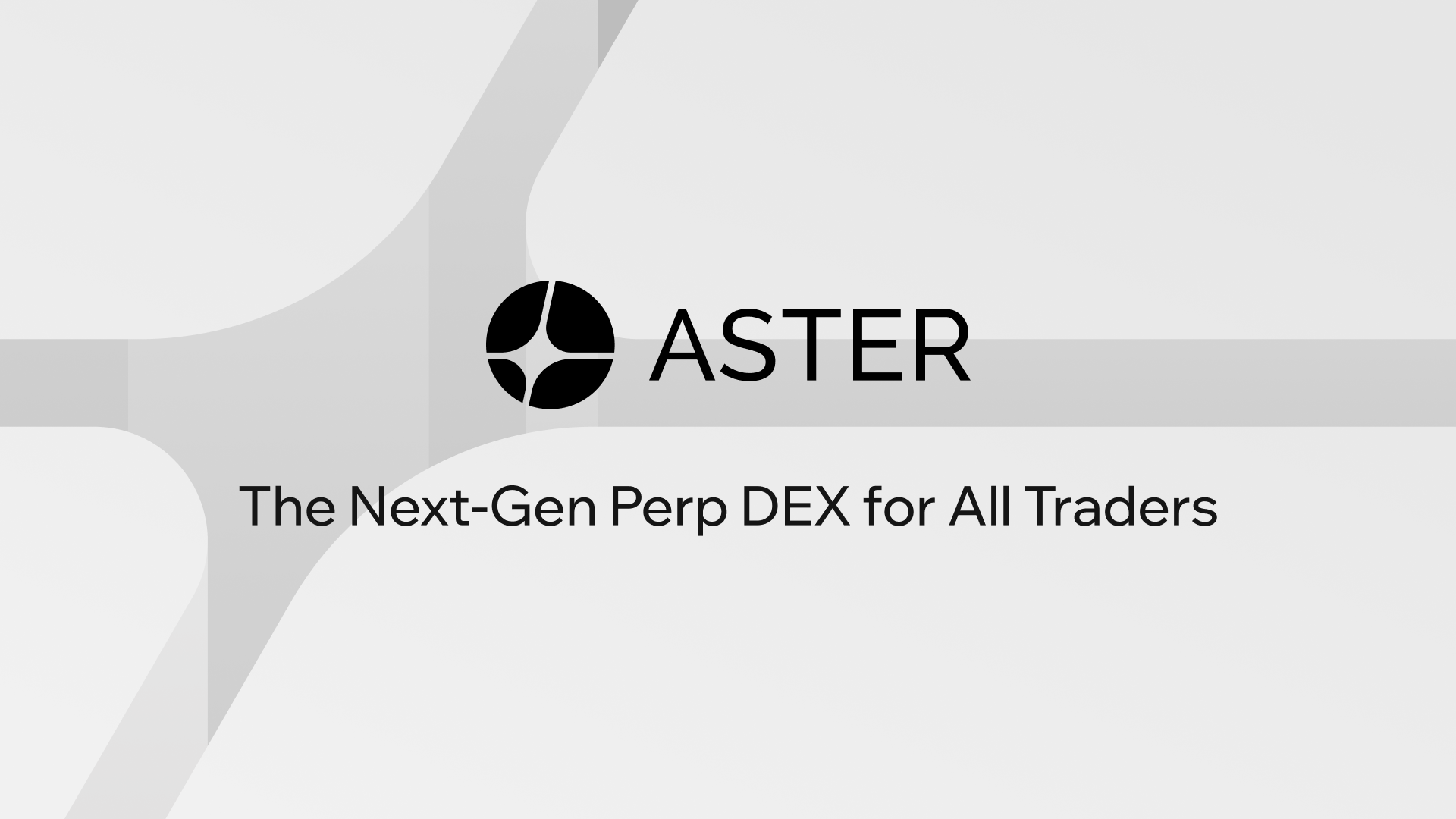Whoa, check this out. Polkadot’s cross-chain model is quietly changing how traders think about liquidity. Fees are low, finality is fast, and parachains let you move assets without middlemen. At first I thought that cross-chain swaps were mostly marketing noise, but after using a few bridges and watching on-chain flows I realized there are genuine arbitrage windows and composability advantages that savvy DeFi traders can exploit. Seriously, the practical benefits show up in order books and yield curves.
Okay, so check this out—I’ve been poking at the routing. Cross-chain swaps on Polkadot differ from Ethereum bridges because the protocol design reduces trust assumptions and improves throughput. That matters when you’re trying to arb tiny price gaps or when you’re farming across chains. My instinct said the UX would be rough. And yeah, some interfaces are clunky and bridges still carry risk, though tooling is improving quickly.
Here’s what I look for. Liquidity depth matters more than headline TVL because slippage kills small edge strategies fast. Check the on-chain trace before sending anything across bridges. See where assets pile up and whether market makers are active across the relevant parachains (oh, and by the way… watch for sudden concentration). If liquidity is fractured into tiny pools, your strategy may look great on paper but fail in practice.
Yield farming incentives are seductive. But you should look beyond APY headlines and dig into amortized returns. A small temporary APY that looks shiny can collapse when token emissions end or when arbitrageurs extract value. Watch the tokenomics closely; emission schedules change everything fast. Also consider impermanent loss paths between pairs when you hop across chains, because bridging can create temporary dislocations that amplify IL.

How I test cross-chain DEXs in practice
Okay—this is where tools matter. A raw bridge plus a manual swap is doable, sure, but it’s fragile and slow. What you want is a DEX that natively supports cross-chain routing, integrates liquidity, and minimizes steps for composability. That’s why I started testing the aster dex official site for a few weeks. I’ll be honest, I was skeptical at first, and that bias took a week to shake.
But the UX smoothed out, routing found better paths, and fees stayed low even during mid-sized volume spikes. Still, nothing is free, and every incentive has a counterparty cost. Smart traders combine on-chain data, limit orders, and temporary farms to capture inefficiencies without getting stuck in one-sided exposure, I’m biased, but it feels very very effective. A practical example: you spot a 0.5% spread on DOT assets across two parachain pools and token emissions give you a boosted APY for two weeks. You move, arb, farm, and exit before the boost expires…
FAQ
Is cross-chain yield farming safe?
It depends. The primitives are improving, but risks remain: bridging risk, concentrated liquidity, and tokenomics cliff effects. Use small test sizes, watch routing paths on-chain, and avoid one-sided exposure during incentive windows.
How do I minimize impermanent loss when farming across parachains?
Prioritize deep, balanced pools and consider hedged positions (shorts or offsetting swaps) when emissions spike. Time your entry and exit to the emission schedule, and monitor on-chain flows so you aren’t the last liquidity provider standing.